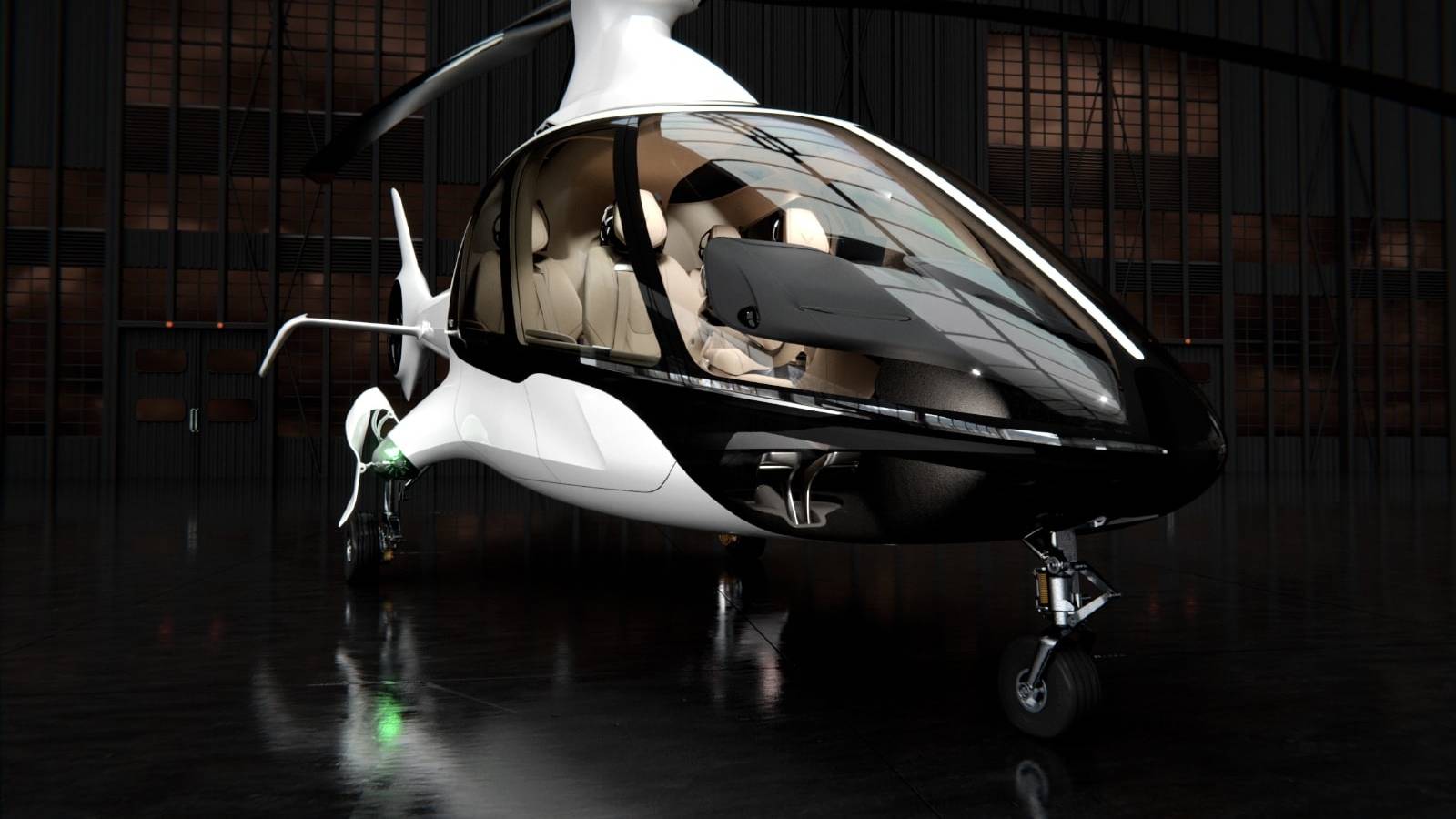

New helicopter models don’t come around very often. In fact, outside of the big four – Airbus Helicopters, AgustaWestland, Bell Helicopter, and Sikorsky – you’ll only find niche manufacturers without the big military and civil contracts required to sustain high levels of production. There are also a host of smaller companies seeking to make a mark in the burgeoning eVTOL market, but technology and legislation is still involved in a long and complicated dance.
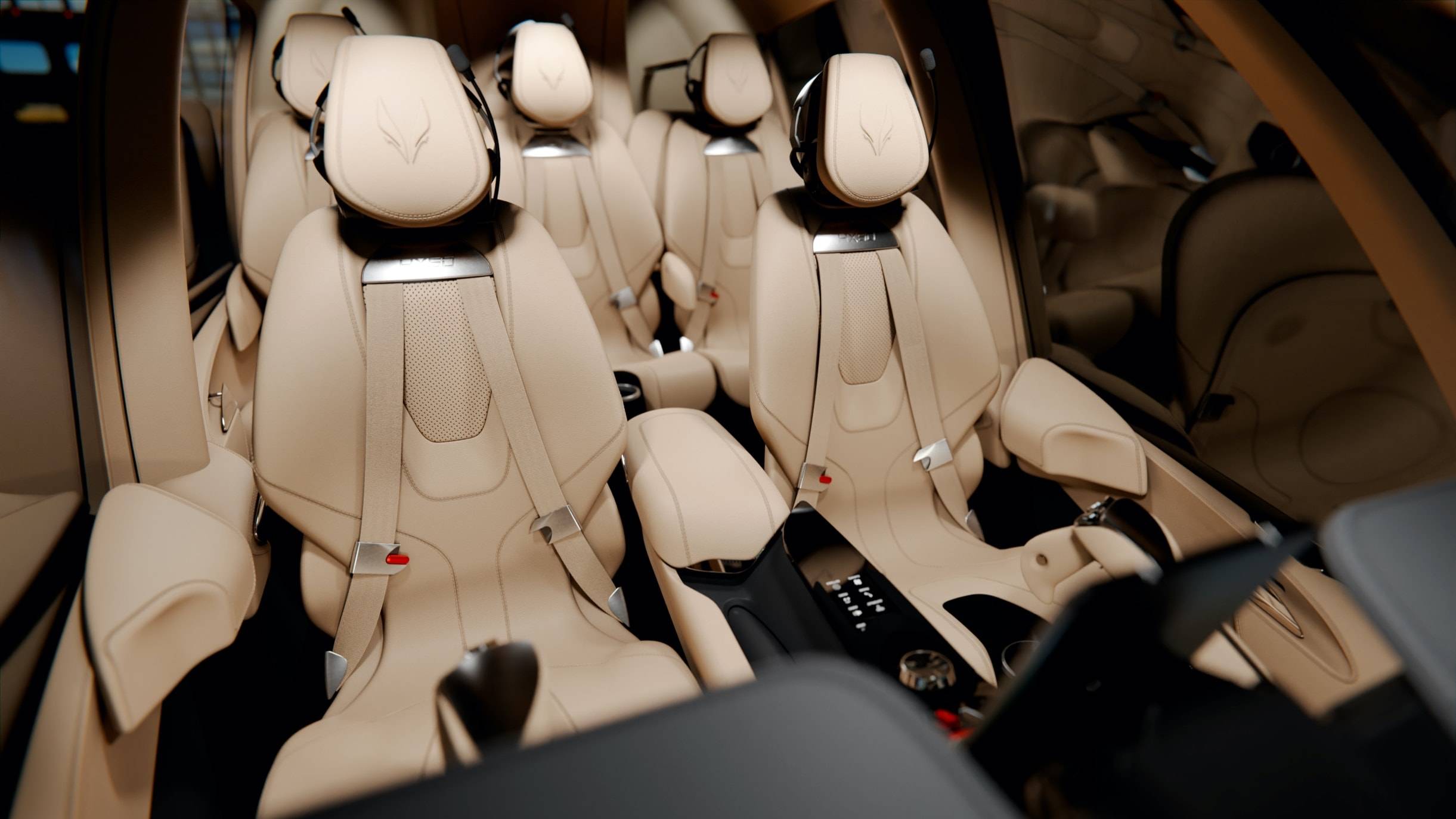
Building a helicopter is still a fearsome engineering challenge. Hill Helicopters is a British company that believes it has a new way of getting a high-end helicopter to market, eschewing complex tech like electrification and multi-rotor set-ups.
Set up by Dr Jason Hill, an engineer and keen helicopter pilot, the company was established with a lofty goal, that of building ‘the world’s first truly ground-up helicopter since the invention of rotorcraft flight.’ The company's first proposed model is the HX50, an undeniably good-looking machine that Hill says it can sell for the remarkably low price of £495,000 (for comparison, Airbus’s entry-level model, the H125, retails at over $3m).
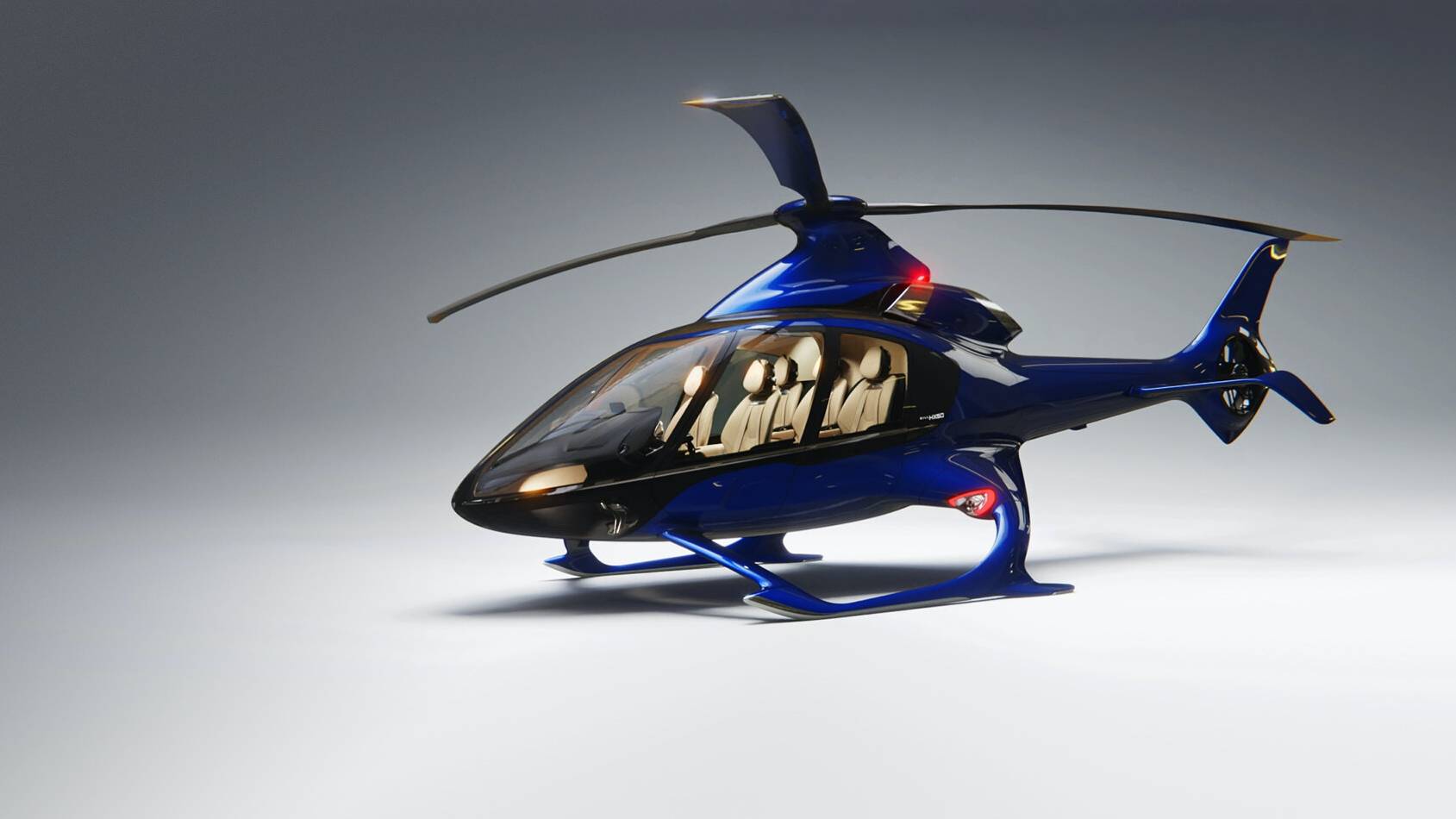
At the core of this five-seater aircraft (pilot plus four passengers and generous space for luggage) is a bespoke turboshaft engine, the GT50. Hill boldly claims that the HX50 will start production in August next year, with the aim of getting type approval for the UK, North America, and Australia.
Even more impressive are the suggested annual maintenance costs, ‘well within £5,000 a year for a UK-based aircraft.’ A predicted range of 700 nautical miles and a cruising speed of 140 knots are also promised, along with an electric ‘Heli Move’ system with powered rear wheels to allow the HX50 to be manoeuvred in and out of hangers, etc., on the ground.
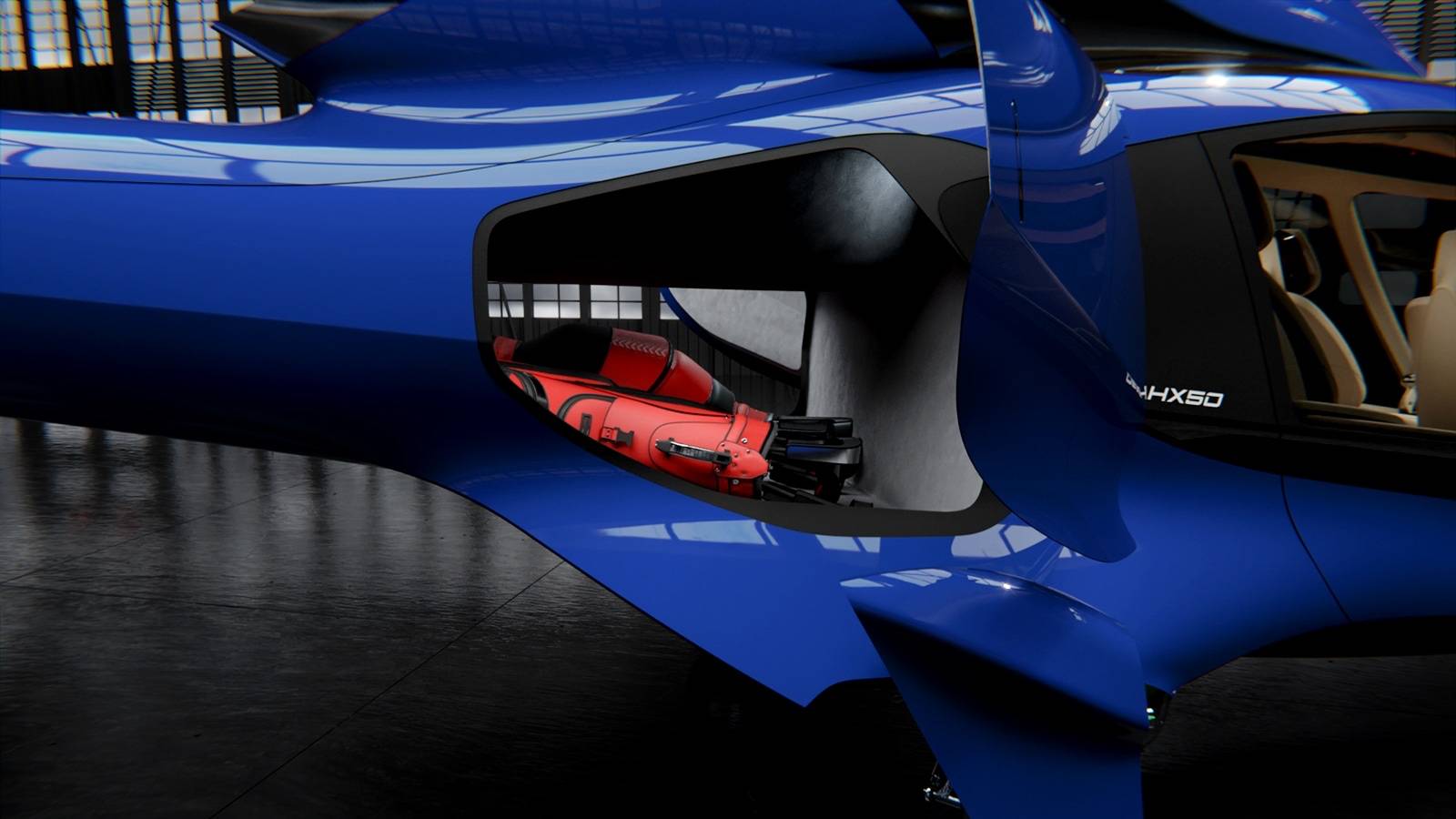
The Hill Helicopters website offers a huge number of options, from livery colours to child seats, and the craft is available with retractable wheels or skids. The cockpit is spacious and airy, with plenty of glass, and the digital instruments are designed to work alongside a regular iPad, allowing flight planning to take place at home or in the office.
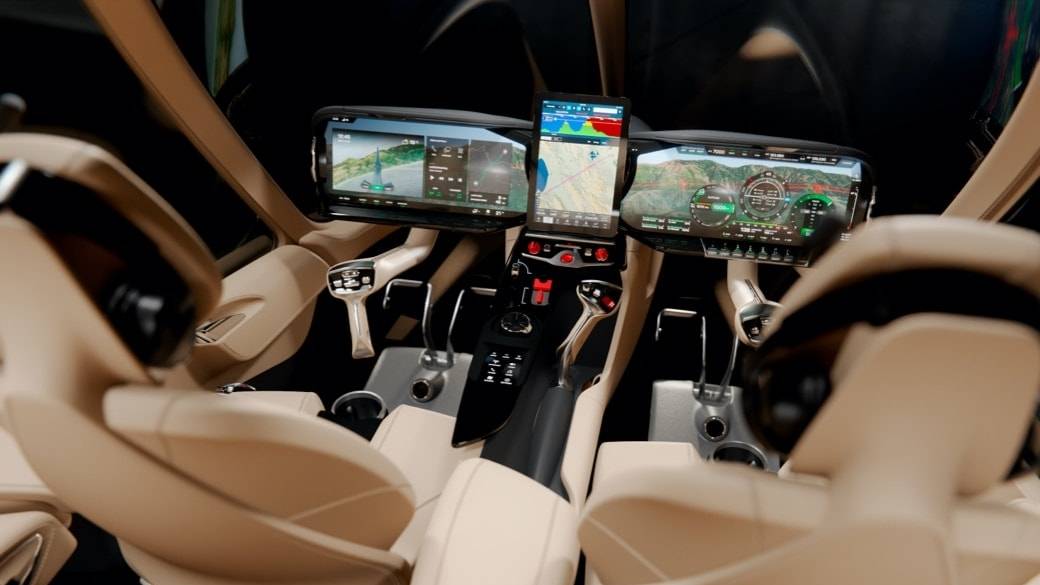
What’s the catch? Well, this is not an off-the-shelf product. The HX-50 is being offered as a homebuilt aircraft, a type of certification that requires owners to complete 51% of the build themselves. Restrictions include not being allowed to use the finished product for commercial operations as well as needing special permissions for overseas flights. Hill Helicopters will invite you to its facility to work alongside its specialist team, learning about the craft and its systems as you go. As they say, ‘Anyone who has the skills to safely pilot and operate a helicopter will be able to successfully come to the build school and build their helicopter.’
Sign up to the T3 newsletter for smarter living straight to your inbox
Get all the latest news, reviews, deals and buying guides on gorgeous tech, home and active products from the T3 experts
In addition, the HX50 will always be a VFR aircraft (visual flight rules), limiting its use to good visibility and weather conditions. A commercial variant, the HC50, capable of IFR (instrument flight rules) is planned but is currently at least five years away.

Hill Helicopters has created a beautiful design and a bold strategy. Potential buyers will have to have deep pockets, high aspirations, and be handy with a wrench. If the idea of cutting through red tape as well as skipping traffic jams and check-in desks appeals, then getting on board the HX50 programme could be the way to fly.
Hill Helicopters HX50 costs from £495,000. Read more at HillHelicopters.com.
This article is part of The T3 Edit, a collaboration between T3 and Wallpaper* which explores the very best blends of design, craft, and technology. Wallpaper* magazine is the world’s leading authority on contemporary design and The T3 Edit is your essential guide to what’s new and what’s next.

Jonathan Bell is Wallpaper* magazine’s Transport and Technology Editor, a role that encompasses everything from product design to automobiles, architecture, superyachts, and gadgets. He has also written a number of books, including Concept Car Design, 21st Century House, and The New Modern House. His interests include art, music, and all forms of ephemera. He lives in South London with his family.
-
 I just played new Mario Kart on Switch 2, now June is too far away
I just played new Mario Kart on Switch 2, now June is too far awayIt might not be the 3D Mario game we'd expected, but Mario Kart World on Nintendo Switch 2 is super fun
By Mike Lowe
-
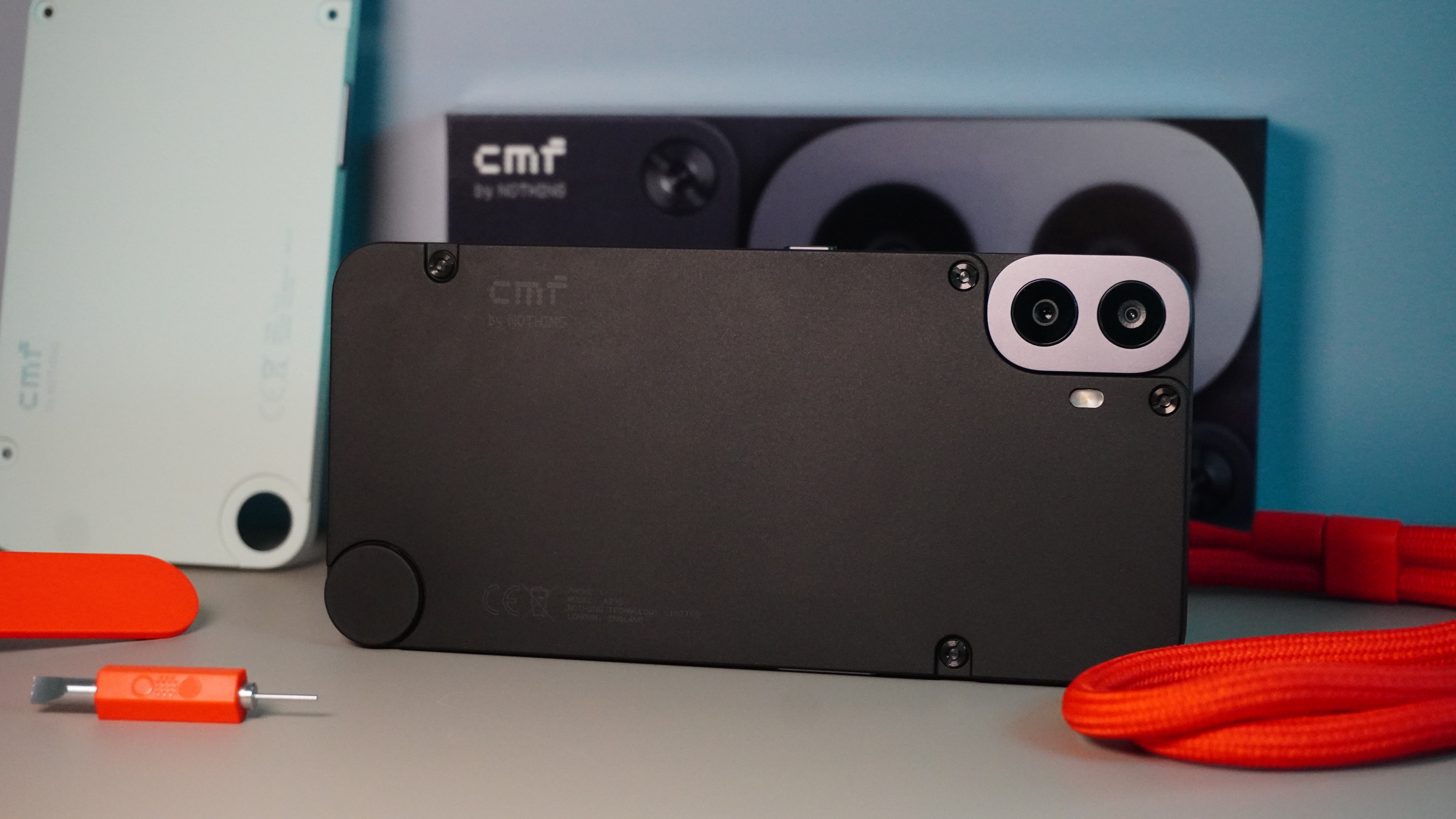 Nothing's next phone could be a budget powerhouse, thanks to this confirmed hardware detail
Nothing's next phone could be a budget powerhouse, thanks to this confirmed hardware detailOfficial details reveal more about the next phone coming from Nothing
By Chris Hall
